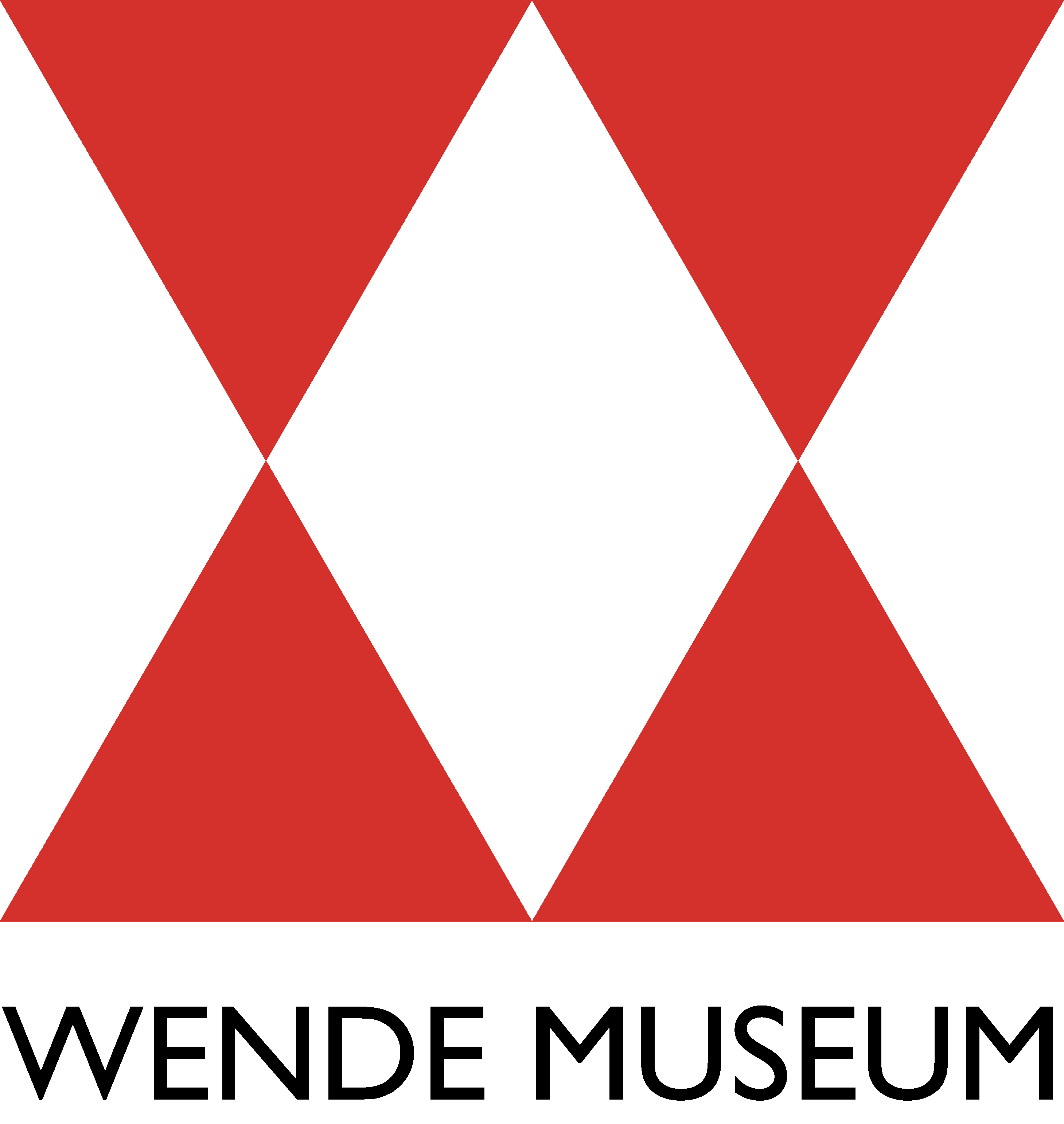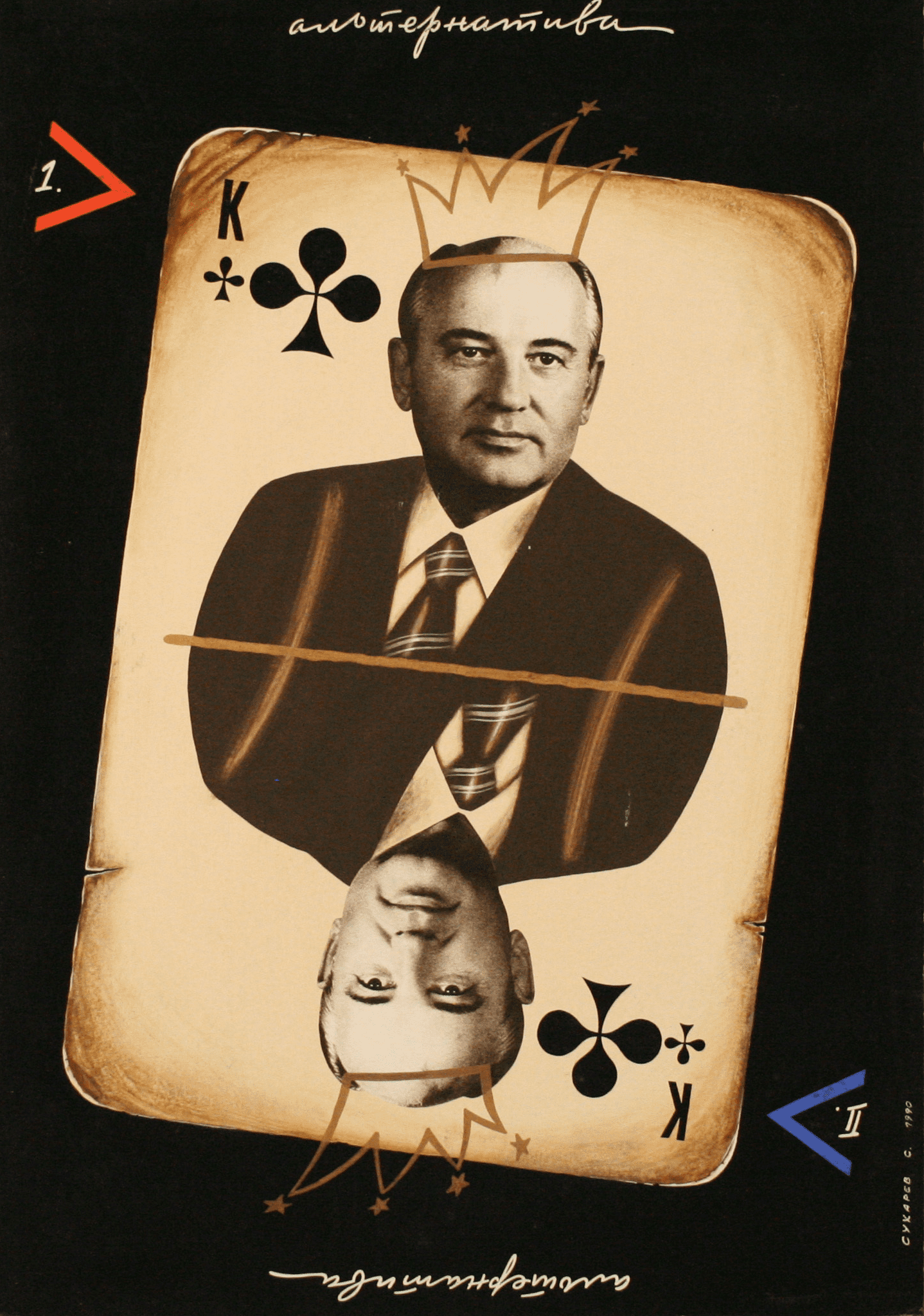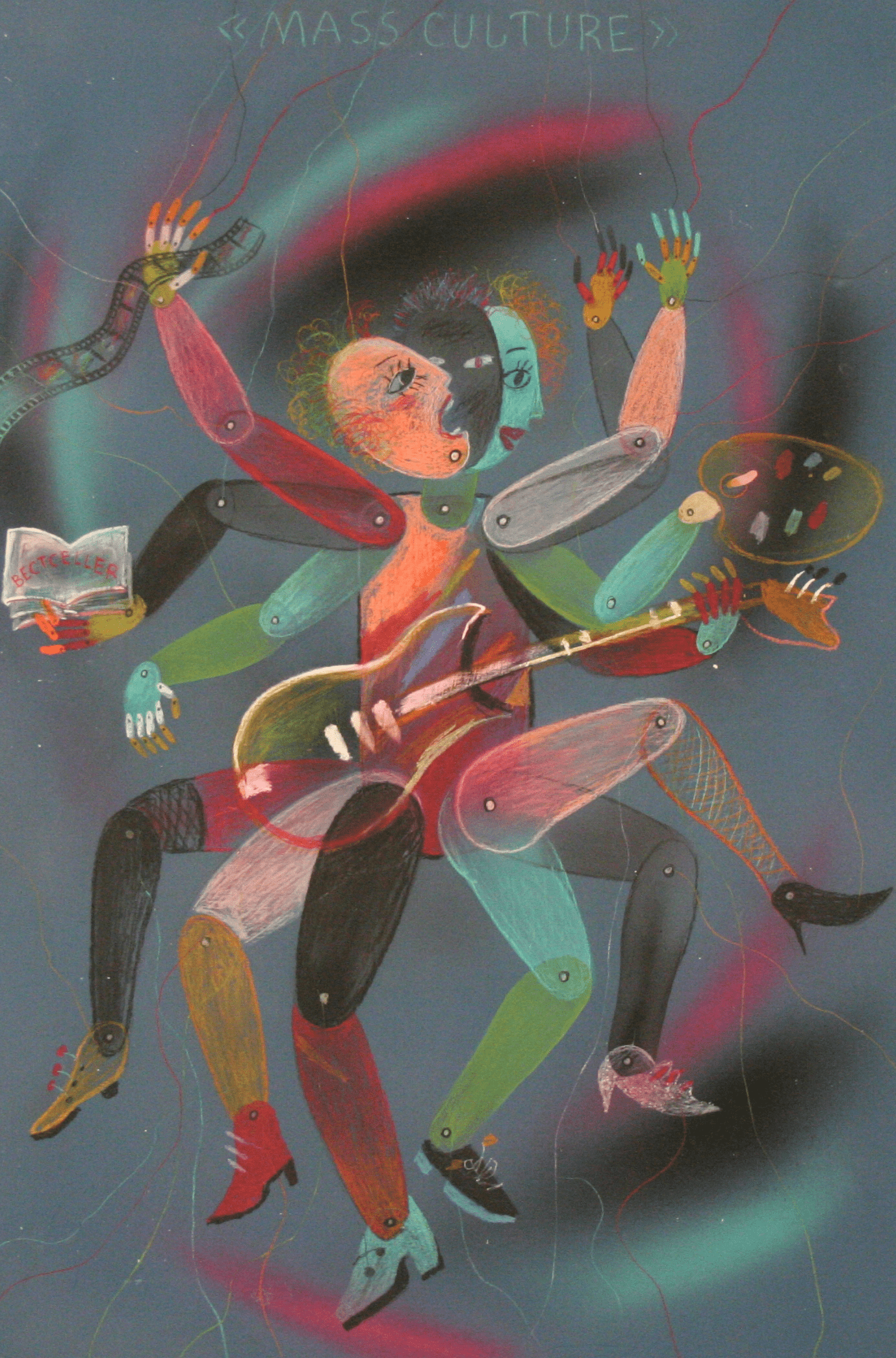Opening This April at the Wende Museum
Culver City, CA (March 9, 2022) – Two new exhibitions and an installation opening at the Wende Museum in April explore the ways historical distance, contextual change, and artistic appropriation colors the interpretation of artifacts.

Opening in the Taschen Family Gallery, the exhibition The Medium is the Message combines Cold War-era political flags from Eastern Bloc countries alongside contemporary artworks that reflect critically on the here and now.
Originally used to identify soldiers in battle and ships in international waters, flags have represented large geographic territories since the rise of the nation-state beginning in the late eighteenth century. Comparable to monuments and national anthems, they intend to create a sense of identity based on a shared past, present, and future.
Like many other governments, the communist countries of the twentieth century produced an abundance of flags and banners. They were omnipresent at military parades, sports events, and public gatherings. Apart from national flags, many organizations produced their own richly decorated flags and banners. The Wende Museum holds over 2,000 of these ornamental textiles in its collection.
However, not only the powers that be use flags and banners. Artists have repurposed flags to change or subvert their original meaning for decades, while protestors and counterculture movements worldwide have capitalized on their strong symbolic value and identity-shaping qualities.
Alongside flags from the Wende collection, the exhibition presents contemporary work referencing flags and banners from New Zealand-based multimedia artist Fiona Amundsen on the topic of surveillance; Prague-based Belarusian artist Rufina Bazlova, whose political digital drawings and embroideries went viral within the pro-democracy movement; Los Angeles-based interdisciplinary artist Carolina Caycedo, committed to social and environmental justice efforts; multimedia artist Renée Petropoulos, whose multi-nation flags subvert the associations of national identity; Dutch American sculptor and painter Lara Schnitger, working at the intersection of art and activism; filmmaker and multimedia artist Cauleen Smith, whose banners address the realities and possibilities for Black women in the U.S.; Düsseldorf-based Belarusian conceptual artist Anna Sokolova, presenting abstract studies in light; Los Angeles-based conceptual artist Cole Sternberg, whose project “Free State of California” dreams about an alternative future; and, Ukrainian American multimedia artist Molly Surazhsky, whose textile work critically reflects on modern-day capitalism.
The exhibition also presents works by the Polish American artist Jan Sawka (1946–2012). Beginning in 1968, when he took part in mass student protests across Poland, Sawka used propaganda as a medium for artistic resistance, specifically through banners. He continued exploring this form throughout his career, especially around the collapse of communism in the Soviet Bloc when he developed monumental banner-painting hybrids on loose canvas that reflected on the twentieth-century history of Poland.
The Medium is the Message: Flags and Banners is generously supported by the Andy Warhol Foundation for the Visual Arts and the Cotsen Foundation for Academic Research.

On view in the Wende’s West Gallery, the exhibition Martin Roemers: Relics of the Cold War presents work by Dutch photographer Martin Roemers from 1998 through 2009, when he captured the structural and topographic remnants of the Cold War in both the East and West over an eleven-year period. His research took him to Russia, Poland, Czech Republic, Ukraine, Latvia, Lithuania, Great Britain, Netherlands, Belgium, and Germany, where he documented underground tunnels, abandoned army bases, military training areas, rotting tanks, and destroyed monuments.
Wars not only have consequences for people but also for architecture and landscape. While conducting “photographic archeological research” on these physical remains of the Cold War, Roemers seeks out stillness in derelict military infrastructure that slowly and steadily has been overtaken by nature. Traveling through former “enemy territory,” Roemers explores these rusting tanks and destroyed monuments with a medium-format camera. On both sides of the Iron Curtain, he finds nuclear shelters, air force bases, shooting ranges, rocket launch pads, border fences, and radar stations, all built with a shared sense of paranoia and hyper-alertness that still remains.
The exhibition is the reflection of a militant society that prepared itself for a global nuclear war that would have ensured its own demise. It is also a consideration of the will toward de-escalation.
Martin Roemers: Relics of the Cold War is generously supported by the Dutch Culture USA program of the Consulate General of the Netherlands in New York, the Mondriaan Fund, and the Andy Warhol Foundation for the Visual Arts.

The 20-square-foot aluminum guardhouse that sat outside the ADN headquarters in East Berlin from 1971 to 1992 is both an artifact of an atmosphere of mistrust and representative of past and current political protectionism.
In its permanent home in the Wende Garden, California–based artist Farrah Karapetian will turn this structure into a lighthouse, changing a gesture of suspicion into a gesture of welcome. Through her installation, Lightguardhouse, the windows of the guardhouse will be tinted in a rainbow gradient encompassing all of the colors potentially included in national flags. Over the course of the Wende’s concurrent exhibition, The Medium is the Message: Flags and Banners, Karapetian will engage with the public about experiences they have had as migrants. As the stories accumulate and become available on the museum’s website, the light inside the lighthouse will pause at the various colors associated with the flags of the respective national borders crossed. Rather than the finality of immigration, the artist’s focus is the prevalence of migration, asking visitors: What experiences of welcome or mistrust have occurred as you have moved internationally? How have they colored your life in their wake?
Lightguardhouse: Installation by Farrah Karapetian is generously supported by the Andy Warhol Foundation for the Visual Arts.
All three Wende presentations open to the public on Sunday, April 10, 2022.
Members of the press are invited to a press preview and cocktail reception: Thursday, April 7, at 6:30 p.m. We kindly request that you RSVP via email to press@wendemuseum.org.




